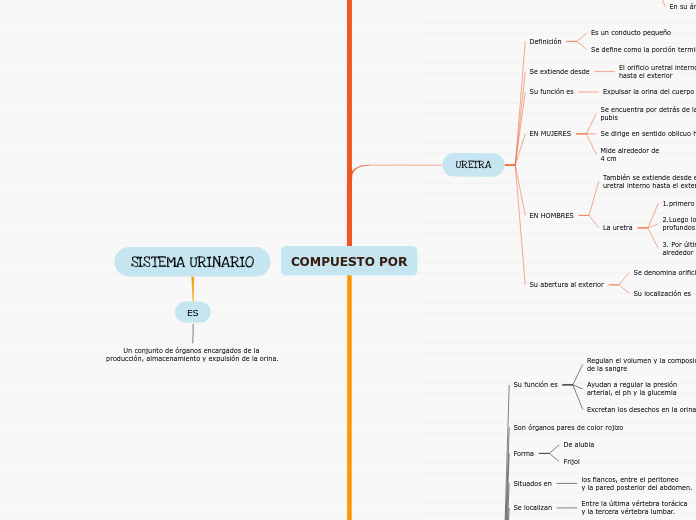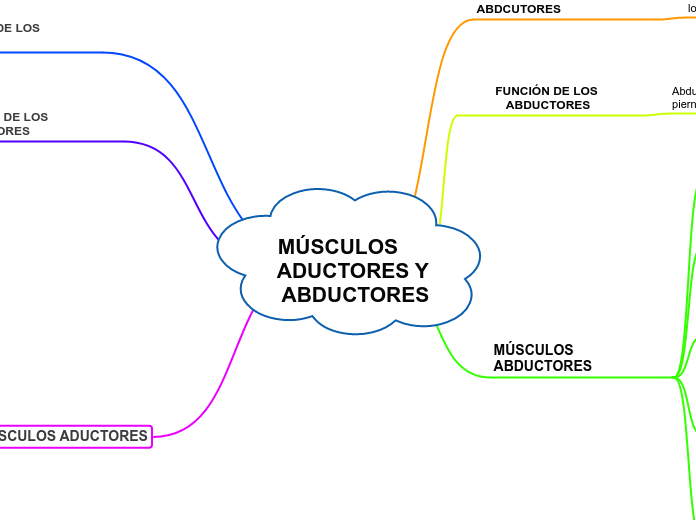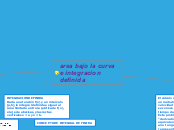SISTEMA URINARIO
ES
Un conjunto de órganos encargados de la producción, almacenamiento y expulsión de la orina.
COMPUESTO POR
To name your story, you have to think about the overall message and what you want your audience to understand from the story. Also, make it relevant and easy to remember.
2 RIÑONES
ANATOMÍA INTERNA
El parenquima
Dentro de el se encuentran de 1
millón de nefronas
Compuesto por
Las pirámides renales de la médula
La corteza renal
Es la porción funcional del riñón.
Un lóbulo renal
Consta de
La mitad de cada columna renal
adyacente.
La
región suprayacente de la corteza
Una pirámide renal
Muestra dos regiones distintas
Médula renal
Compuesta por entre 8 y 18 pirámides renales
De color pardo rojizo
Es la región profunda
Corteza renal
Se divide en
zona yuxtamedular interna
zona cortical
externa
Se extiende desde la cápsula hasta las bases de las pirámides renales
Es el área de textura
lisa
De color rojo claro
Es la cubierta
ANATOMÍA EXTERNA
El borde medial cóncavo de cada riñón
Cerca de este borde hay una escotadura llamada hilio renal
pasan
los
nervios
Los vasos linfáticos
vasos sanguíneos
El úreter
se orienta hacia la columna vertebral
Cubierto de 3 capas
capa superficial o
fascia renal
cápsula adiposa,(rodea la cápsula renal)
cápsula renal (más profunda)
El riñón mide entre (adulto)
3 m espesor
5 - 7 cm ancho
10-12 cm longitud
Se localizan
Entre la última vértebra torácica y la tercera vértebra lumbar.
Situados en
los flancos, entre el peritoneo y la pared posterior del abdomen.
Forma
Frijol
De alubia
Son órganos pares de color rojizo
Excretan los desechos en la orina
Ayudan a regular la presión arterial, el ph y la glucemia
Regulan el volumen y la composición de la sangre
URETRA
The ending of a story is essential. We all know that if the ending is weak, what happened before loses its importance. So make it unpredictable, but fair. A resolved ending answers all the questions and ties up any loose threads from the plot.
Su abertura al exterior
Su localización es
Entre el clítoris y el orificio externo de la vagina
Se denomina orificio uretral externo
EN HOMBRES
La uretra
3. Por último el pene, en un trayecto de
alrededor de 20 cm
2.Luego los músculos
profundos del periné
1.primero atraviesa la próstata
También se extiende desde el orificio uretral interno hasta el exterior
EN MUJERES
Mide alrededor de
4 cm
Se dirige en sentido oblicuo hacia adelante
Se encuentra por detrás de la sínfisis del
pubis
Expulsar la orina del cuerpo
Se extiende desde
This is the closure section of the story.
See examples of possible outcomes below:
- all problems have been solved
- it's clear how each one of your characters ends up
- your main character is transformed by the challenge
El orificio uretral interno en el piso de la vejiga hasta el exterior
Try answering these questions to come up with a closure:
- Have all the problems been solved?
- Is there a clear picture of what happens with each character in the story?
- Has the challenge transformed your main character?
- How do the characters feel in the end?
This is the moment when the main character surpasses the last obstacle and finally faces their greatest challenge.
The climax usually follows one of these patterns:
- realization
- resolution
- choice
Type in your answer.
Se define como la porción terminal del aparato urinario
Es un conducto pequeño
VEJIGA
The middle of the story is where you add layers of complications that will lead to the end. Reveal more about the character's journey. Did their personality go through changes? How did they overcome the challenges? And as you build up the story’s central conflict, make it more personal to that character. Also, from the middle act, you have to lead into the final act.
Contiene
El Trígono vesical
En su ángulo anterior
Tiene un orificio uretral interno,
En sus ángulos
Posteriores contiene
2 orificios
ureterales
Es un área triangular pequeña situada en el piso de la vejiga
Su capacidad es
800ml
700 ml
Su forma
There wouldn't be any tension and excitement in your story if there weren't any obstacles in your character's way.
Vacía
Se colapsa.
Esférica
Al distenderse por la acumulación de orina
Localización
EN LA MUJER
Es mas pequeña por el útero
Anterior a la vagina e inferior al útero
EN EL HOMBRE
por delante del recto
En la cavidad pelviana, por detrás de la sínfisis del pubis.
Each story has a main character and that character usually needs to solve a problem or challenge. The character's challenge is the one that creates tension throughout the story.
Almacenar la orina y la excreta a través de la uretra.
In most stories, there are 3 challenges. The number 3 is a mystical number symbolizing completeness. Try to come up with interesting challenges with which your character needs to struggle.
See a few examples below:
- turns into a werewolf at night
- is sent back in time
Definición
Your character(s) need(s) motivation in order to solve the challenge(s).
es un órgano muscular
Secondary characters might also have motives that lead them to cross paths with the main character or which might trigger them to help the main character.
Distensible
Hueco
2 URÉTERES
In the beginning of the story (or the exposition), you will need to introduce the setting and characters. You might also want to introduce the main conflict. This part of the story is important because it gives the reader necessary background information and maybe even a first insight into a character’s personality.
-
The setting (time & place) of a story can change throughout the plot.
Tienen 3 capas c/u
3.Adventicia
Nervios
Linfáticos
Vasos sanguíneos
Tejido conectivo
2. Muscular
Circular externa
Longitudinal interna
1.Mucosa
Lámina propia
Epitelio de transición
Dirección
Sensory details include sight, sound, touch, smell, and taste. These details are important because they create depth in your setting.
See a few examples below:
- the smell of fresh bread
- the scent of freshly cut grass
- rain falling onto the windshield etc.
Oblicua
Su diámetro
The weather is an important element in your story because it can highly influence the ambiance and the mood of the characters.
Fluctúa entre 1 y 10 mm, entre la pelvis renal y la vejiga
Decide if you want to include an element of nature in your story. For example, a rainbow can be a very nice choice for a happy ending. The mist in a story can represent mystery and secrets. A thunder can appear in the background at the moment when the 'bad guy' of the story makes its appearance, etc.
Es pequeño
Does your story include catastrophic weather? See a few suggestions below or add your own:
- hurricane, earthquake, storm, etc
Su medida es
The time of the story can also change. It can describe the event of a single day or can include an entire year's plot. Anyway, don't forget to mention it.
30cm de largo
25 cm de largo
Su función es
Your story can take place wherever your imagination will take you to.
For example: in an elevator, in an enchanted forest, etc. Don't forget to give details of the environment each time the setting changes, otherwise, the story can be confusing. Also, mention the seasons as each of them has unique weather and events.
Transportar la orina desde los riñones hasta la vejiga










